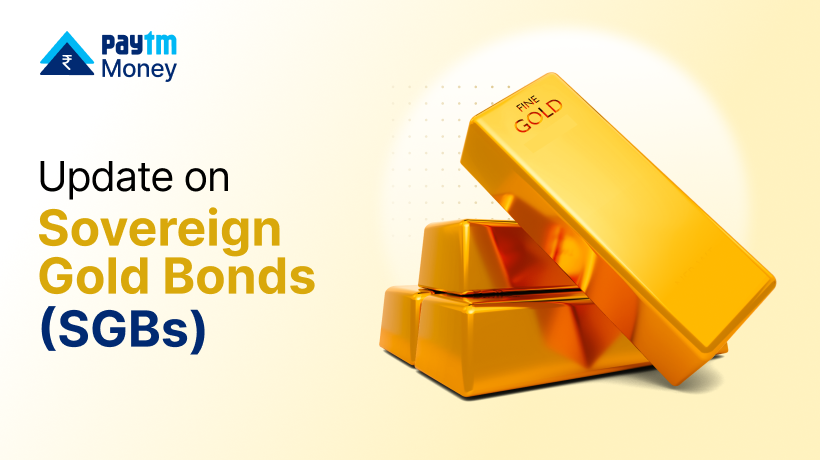Navigating Growth: Insights from the Interim Budget FY24-253 min read
The wait is finally over! The interim budget FY24-25 has arrived. It is not just a financial blueprint for the next year’s income and expenditure estimate ahead of the general election, rather it’s a medium which will take India into an era of unparalleled growth.
On February 1, 2024, the Finance Minister presented the interim budget for 2024. The full budget will be presented in July this year after the new government is formed after the Lok Sabha Elections. She emphasized the government’s focus on inclusive development and taking the benefits of economic development to the grassroots. The next 5 years are poised for unprecedented development, aiming to realize the goal of becoming a developed country by 2047. She added that the “trinity of democracy, demography, and diversity can fulfil the aspirations of every Indian.” The establishment of educational institutions and a dedicated focus on nurturing startups to empower the youth were also highlighted.
Let’s explore the intricacies of the announcements.
- Fiscal deficit: The fiscal deficit target for FY25 is established at 5.1% of the GDP, revised down to 5.8% for FY24. Tax receipts for FY25 are estimated at Rs 26.02 lakh crore, with the government expecting a fiscal deficit for FY26 to be 4.6% of GDP.
- Capex: The capex target for FY25 increased by 11.1% to ₹11.1 lakh crore from ₹10 lakh crores last year, accounting for 3.4% of the GDP.
- Environment: A basket of measures was announced to meet India’s commitment to reach net-zero emissions by 2070, focusing on increasing the share of renewable energy in the energy basket.
- Taxation: No changes were proposed in the tax regime in this budget, with the Finance Minister noting that over the last 10 years, tax collections have more than doubled.
- Railways: Three major railway corridors were announced under the PM Gati Shakti Yojana, along with the conversion of 40,000 normal rail bogies to Vande Bharat to enhance passenger safety and comfort.
- Pradhan Mantri Suryoday Yojna: The scheme aims to install solar panels in 1 crore households, saving about 300 units of electricity per month and resulting in annual savings of Rs 15,000-18,000.
- Lakhpati Didi Scheme: The government has decided to enhance the target for Lakhpati Didi from 2 crore to 3 crore, empowering women through self-help groups.
- Aviation: The aviation sector’s growth was highlighted, and the expansion of new airports will continue, boosting tourism in India.
- Tourism: States will be encouraged to develop iconic tourist centres, and a rating system based on the quality of facilities and services will be established. Long-term interest-free loans will be provided for financing these developments.
- Foreign Direct Investments: The FDI inflow during 2014-23 marked a golden era, twice the inflow during 2005-14. The government is negotiating bilateral investment treaties with foreign partners.
- Agriculture: To ensure faster growth, the government will promote private and public investment in post-harvest activities, including aggregation, modern storage, efficient supply chains, processing, and marketing.
- Electric Vehicles: The government will expand the electric vehicle ecosystem, supporting charging infrastructure and encouraging e-buses for public transport networks.
- Ayushman Bharat: Ayushman Bharat cover will be extended to all Anganwadi and Asha workers, and all maternal and child healthcare schemes will be brought under one comprehensive scheme.
- PM Awas Yojana: The government is close to achieving the target of three crore houses by March 2024 under PM Awas Yojana. Two crore more houses will be built in the next five years to meet the increased demand.
Summation and Conclusion
In its role as a Vote on Account preceding the general election, this budget maintained a commitment to fiscal prudence, avoiding any gratuitous giveaways. The Interim Budget for 2024-25 prioritizes economic development and inclusive growth. Healthcare, education, tourism, railways, and infrastructure take centre stage to fuel growth. Employment generation is a key focus, featuring innovative initiatives for skill development and women’s entrepreneurship. Social welfare remains a core aspect, with targeted efforts towards poverty alleviation and women’s empowerment. Striking a balance between fiscal responsibility and immediate national needs, the budget endeavours to foster inclusive development for the year ahead. In summary, a calm and measured budget aligns with expectations for an interim budget.




